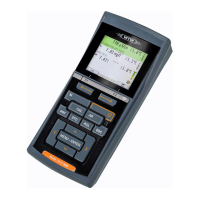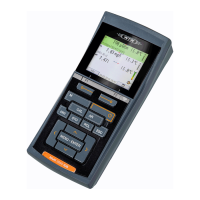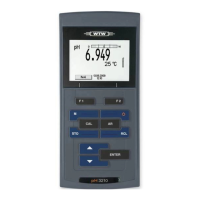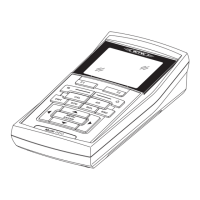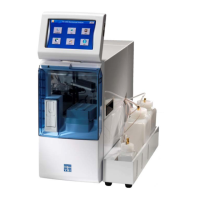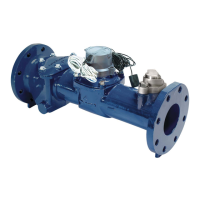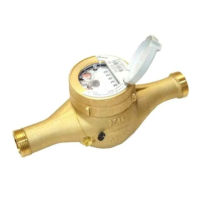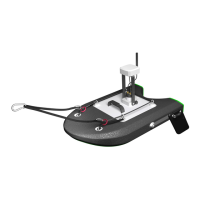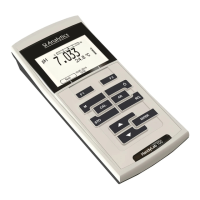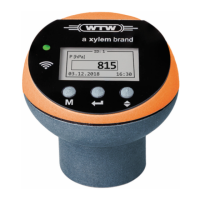
Do you have a question about the Xylem WTW OxiTop-i and is the answer not in the manual?
| Brand | Xylem |
|---|---|
| Model | WTW OxiTop-i |
| Category | Measuring Instruments |
| Language | English |
Describes the components that make up the OxiTop® measuring system.
Details the different variants of the OxiTop® measuring heads available.
Explains the measuring principle and basic operation of the OxiTop® measuring heads.
Highlights functions like AutoTemp and Measured Value Memory that aid BOD measurements.
Provides essential safety warnings, signal words, and guidelines for operating the instrument.
Details authorized use, operational requirements, and conditions for unauthorized use.
Lists delivery contents and explains the power source for the measuring heads.
Describes the simple initial setup steps required for the measuring heads.
Explains core controls, display elements, status indicators, and basic navigation.
Details the measuring head display and explains status information like low battery warnings.
Outlines navigation principles, operating modes, and interaction with menus and dialogs.
Explains menu elements and provides navigation examples for setting language.
Illustrates the process of setting the date and time on the measuring head.
Guides the user through the entire BOD determination process from preparation to starting.
Details steps for preparing the stirring platform, sample bottles, and samples for BOD measurement.
Step-by-step instructions on how to start a BOD measurement.
How to view measurement data, including current, stored values, and graphical displays.
Explains calibration importance, timing, and general procedures, including Cal-Test and Pneumatic Test.
Covers measurement and system settings for configuring the device, including language and IDs.
Details the primary maintenance task of replacing the battery with step-by-step instructions.
Provides guidelines for cleaning the measuring head and sample bottles, including what to avoid.
Offers recommendations for packing and guidance on instrument disposal according to regulations.
Addresses causes and remedies for measured values being too low or too high.
Solves problems related to a red signal LED or the measuring head not responding to keystrokes.
Lists physical specifications, measuring principle, and available measuring ranges.
Details resolution, accuracy, and allowed temperature ranges for operation.
Covers environmental conditions, power supply, operational life, and radio technology.
Lists the EMC, radio data transmission, and instrument safety guidelines followed.
